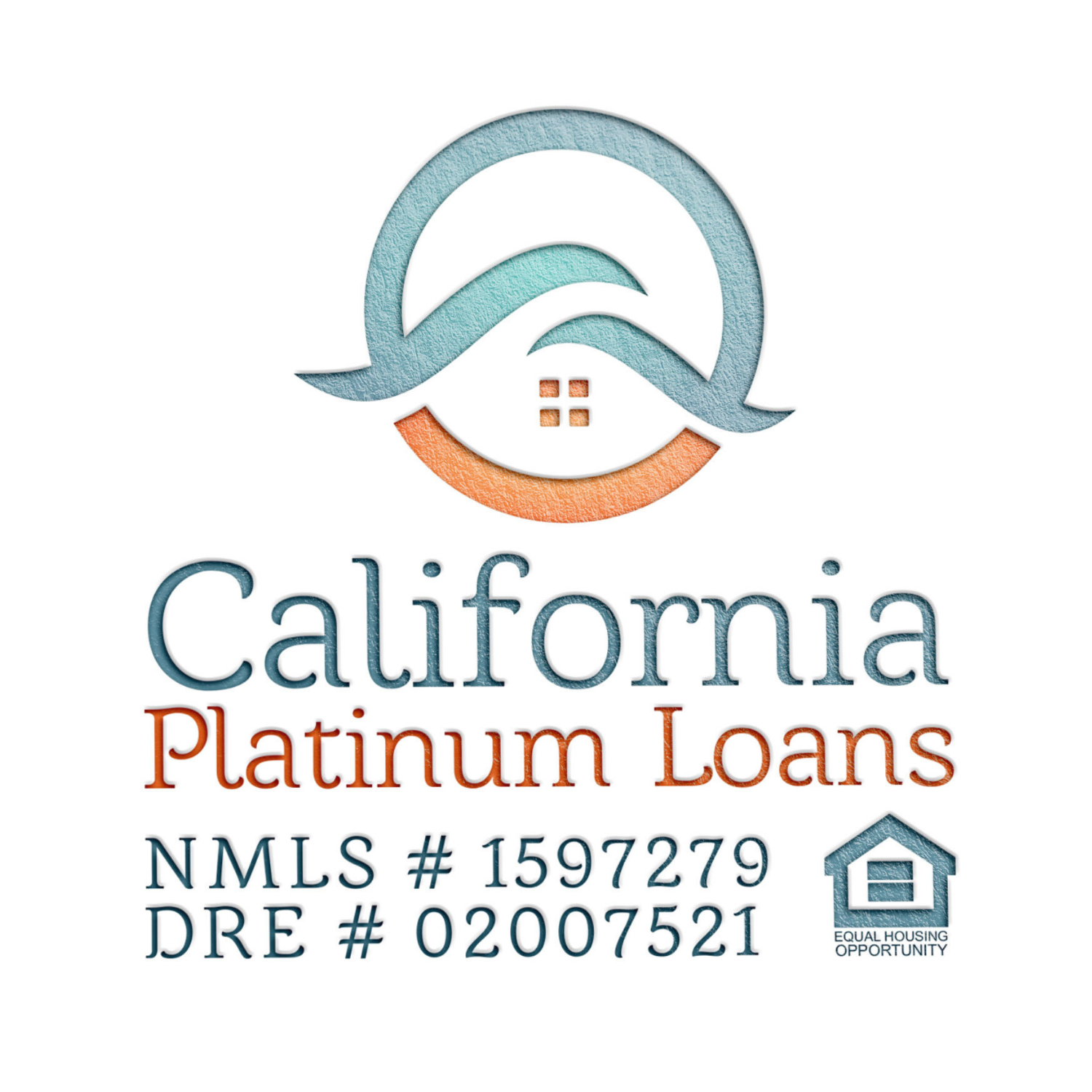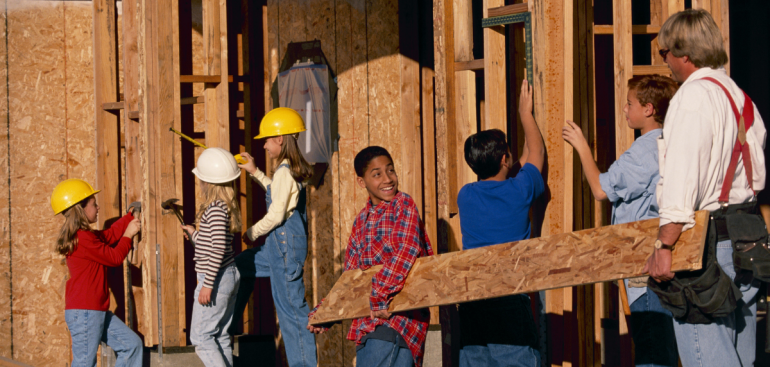What is the ADU Buzz About?
Simply put, an ADU, or Accessory Dwelling Unit, is an additional room or separate structure added to your primary residence. Think of it as the stylish backyard cottage, the above-garage apartment, or the basement suite that serves as a self-contained living space.
ADUs: A Real Estate Goldmine?
While not every addition to your home guarantees increased value (looking at you, luxury waterfall showers!), ADUs are turning the tables. Forget the minimal returns from those swanky bathroom or kitchen upgrades; ADUs are where the real ROI is at. Some studies even highlight a whopping 51% average increase in resale value for homes with ADUs!
Multipurpose Magic of ADUs
ADUs are not just about adding resale value; they’re versatile living spaces. As our living situations shift, ADUs can provide:
Extended family homes: Perfect for college-going kids or grandparents, offering them independence without detachment.
Rental prospects: Got some extra space? Why not earn from it? Just ensure you’re adhering to local rental regulations.
Spaces for caregivers: Especially useful if you have elderly or differently-abled members requiring round-the-clock care.
Financing Your ADU Dream
Are you dreaming of that spacious ADU but worried about the pocket pinch? Options abound:
- Home Equity Loans (HEL) and Home Equity Lines of Credit (HELOC): Use your home’s existing equity to fund your ADU project.
- Cash Out Refinance: Transform your home’s equity into cash to fund the construction.
- Rental Income: Though you can’t bank on this for initial financing, post-completion, renting out your ADU can be a steady income stream.
Navigating the financial maze can be overwhelming, but with the right guide, it’s a cakewalk. That’s where experts like California Platinum Loans step in, ensuring your journey from dream to reality is smooth and informed.
The home is where the heart is, and sometimes, the heart desires a bit more space. Whether for your boomerang child or your cherished grandparents, ADUs offer a blend of utility and value. Ready to explore? Reach out, and let’s shape your home’s next chapter together.
Unlock the potential of your property with an ADU. Dive into your options with California Platinum Loans and transform your home today!


